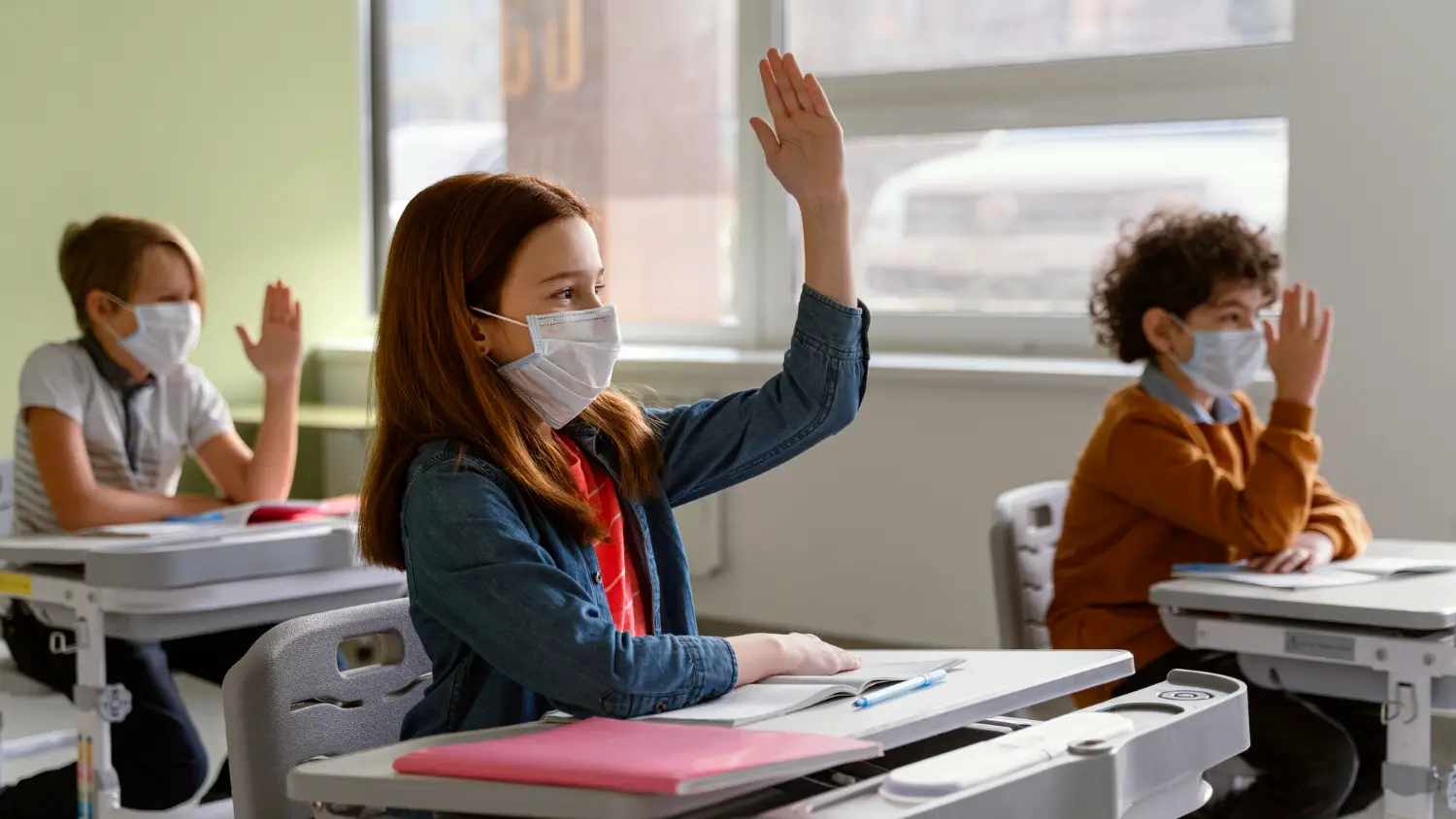Traditional in-person classes have been widely recognized as a successful method of learning and teaching, consistently producing tangible and fulfilling results. However, the global outbreak of the COVID-19 pandemic disrupted the ability to attend face-to-face classes, leading to the realization that technology can serve as a viable substitute and potentially offer comparable or even enhanced outcomes in the learning journey. The impact of technology on education is evidently substantial, affecting various aspects of the educational landscape. If you are curious to delve deeper into this subject, the following guide aims to explore the impact of technology on education.
Utilize Technology in Current Education
In the present era, technology has become an indispensable aspect of our lives, including in the realm of education. It serves as a useful tool that facilitates the effective accomplishment of challenging jobs. It’s important to recognize that technology cannot address every educational issue, though. The true significance of educational technology lies in how educators employ it to effectively address their students’ needs. Through the appropriate integration of digital learning tools in the classroom, educators can enhance student engagement, refine lesson planning, facilitate personalized learning, and nurture the development of critical thinking abilities. Inclusionary practices that encourage cooperation and intellectual curiosity are fostered by the use of virtual classrooms, virtual reality (AR), films, robots, and other technology tools. Furthermore, these tools empower teachers with valuable insights into student performance, enabling them to make well-informed instructional decisions.
-
Advantages of Technology in Education
Technology has seamlessly integrated into our everyday lives, transforming the way we access information and accomplish tasks. Its widespread influence extends to all domains, and notably, education has experienced significant changes as a result. Educational institutions are actively incorporating technology into classrooms to keep pace with the rapid advancements in the technological landscape. The goal is to provide students with the fundamental information and abilities needed to thrive in a world that is driven by technology and that is continually changing.
-
Applying Students’ Knowledge
Harnessing technology in education provides a significant advantage by empowering students to apply their knowledge and skills. As students acquire valuable knowledge through online courses and interactions with educators and peers, it is essential to translate that knowledge into practical application. Technology serves as a facilitator, offering diverse applications that enable students to put their acquired knowledge into action. By integrating technology into the classroom, teachers can effortlessly assign tasks and assignments that prompt students to apply their knowledge and draw upon their experiences. This pedagogical approach cultivates students’ capacity to utilize their knowledge in problem-solving and crafting solutions for a wide range of situations and challenges.
-
Enhancing Students’ Critical Thinking Abilities
Depending on variables like the particular technology used and the environment in which it is used, different technologies have different effects on students’ analytical abilities. It is widely recognized that integrating technology into the classroom can enhance student engagement and facilitate the learning process. Technology has the capacity to stimulate multiple senses and increase students’ investment in the subject matter.
Technology, when used effectively in the classroom, improves students’ academic performance as well as their self-esteem, inspiration, and participation. It facilitates a shift from passive listening to more interactive and hands-on learning experiences. Moreover, technology plays a crucial role in cultivating critical thinking by empowering students to apply their knowledge to real-life situations and develop problem-solving abilities, which are integral components of critical thinking.
-
Improved Collaboration
Educational technology plays a vital role in fostering collaboration among students. While teachers can engage with students during lessons, technology also enables students to interact and collaborate with one another. Online classes and educational games provide platforms for collaborative problem-solving activities.
Through the use of technology, students can easily share ideas, and thoughts, and offer support to one another in collaborative tasks. Additionally, technology facilitates direct communication between students and teachers, allowing students to seek clarification and receive extra help on challenging subjects. Students can conveniently submit homework from home, and teachers can access and assess these assignments using digital devices.
Multiple studies have confirmed that incorporating instructional technology enhances student motivation and engagement in the learning process. The technology effectively engages students behaviorally, emotionally, and cognitively. Whether utilized in the classroom or beyond, technology provides students with expanded opportunities to communicate with instructors, collaborate with peers, and actively participate in their own learning.
Web-conferencing software, blogs, wikis, social networking sites, and digital games are specific examples of technology that have been empirically proven to enhance student engagement and facilitate communication.
-
Zaheer Public School’s Aims
Zaheer Public School strives to incorporate essential elements into the lives of its students, preparing them for a successful future. With a strong emphasis on technology, the school is committed to integrating it into its curriculum. Located in the region of North Nazimabad, Zaheer Public School is renowned as one of the top educational institutions in Karachi. Their mission is to revolutionize the educational landscape in the city.


[…] these students or the lack of access to transportation and academic support required for their educational success. Irrespective of the underlying reasons, educators should be mindful of these children’s […]